Among the most iconic symbols of modesty in Muslim women’s clothing are the abaya and burka. Modest fashion is a statement of faith, identity, and elegance. Although these garments are often mentioned together, they are distinct in their style, purpose, and cultural significance. In this guide, we’ll explore the differences between an abaya and burka, their religious roots, cultural variations, and why women across the globe cherish them.
Are Burqa and Abaya the Same?
A common question those new to modest fashion ask is: Are burqa and abaya the same? The answer is no. While both serve the purpose of modesty, their designs and cultural relevance differ.
- Abaya: This is a long, loose-fitting robe, typically in black, that covers the body from shoulders to feet. Originating from the Middle East, it is widely worn in countries like Saudi Arabia, UAE, and Kuwait. The abaya is often paired with a hijab (headscarf) to cover the hair while the face remains visible. Modern abayas come in various styles, with embroidered designs, open-front options, and even lightweight fabrics for summer.
- Burka: Unlike the abaya, the burka is a one-piece garment that covers the entire body, including the face. It has a mesh screen over the eyes to allow the wearer to see. This garment is traditionally worn in Afghanistan and some parts of Pakistan. The purpose of the burka is complete concealment, aligned with cultural practices that emphasize privacy and modesty.
The difference is not just in appearance but also in cultural significance. Where the abaya is seen as a symbol of elegance and tradition, the burka represents a deeper cultural practice of privacy and seclusion.
Is Abaya Mentioned in the Quran?
One of the most asked questions is, Is abaya mentioned in the Quran? The Quran emphasizes modesty for both men and women, but it does not specify the abaya as a required garment. In Surah An-Nur (24:31), Allah commands believing women to “draw their veils over their chests and not display their adornment except to their husbands.”
The abaya is a cultural adaptation of this command, serving as an outer garment that ensures modesty. It has become widely embraced in the Middle East as a traditional way to observe modest dressing. For many women, wearing an abaya is not just about following religious guidance but also a matter of cultural pride and elegance.
Does the Quran Say to Wear a Burqa?
Like the abaya, the burqa is not explicitly mentioned in the Quran. However, the principle of covering and modesty is present. The burqa’s design is more conservative, aligning with interpretations that require women to cover their faces in addition to their bodies.
In some cultures, the burqa is seen as the highest expression of modesty; in others, it is considered more cultural than religious. The choice to wear a burqa is deeply personal, often influenced by family traditions and community expectations.
Can Non-Muslims Wear Abaya?
This is an interesting question: Can non-Muslims wear abayas? The simple answer is yes. The abaya dress is a cultural garment, and it is not limited to Muslims. Many non-Muslim women wear abayas when visiting Middle Eastern countries as a sign of respect for local customs.
At Ghilafenur, our abayas are designed for all women who appreciate elegance and modesty. Whether for cultural appreciation, fashion, or comfort, our abaya for women collection welcomes everyone to embrace the beauty of modest fashion.
Burka vs Hijab vs Abaya: Understanding the Differences
To understand the spectrum of modest wear, it’s important to distinguish between the burka, hijab, and abaya:
- Hijab: A headscarf that covers the hair and neck but leaves the face visible. It is worn with everyday clothing or with an abaya for additional modesty.
- Abaya: A long robe that covers the body from shoulders to feet but leaves the face visible. It is often paired with a hijab or niqab.
- Burka: A full-body garment that covers the body, face, and even the eyes, which are shielded with a mesh screen.
Each serves a unique purpose, reflecting different interpretations of modesty.
What Is the Difference Between an Abaya and a Burka in Islam?
From an Islamic perspective, both garments are worn to observe modesty, but the difference between an abaya and a burka in Islam lies in their design and level of coverage.
- The abaya is typically worn for its elegance and simplicity, providing coverage while allowing a woman’s face and hands to be visible. It’s seen as a cultural symbol of grace in many Gulf countries.
- The burka, however, is worn for complete concealment, aligned with stricter cultural expectations. It is less about fashion and more about privacy and modesty.
The abaya is a more versatile piece that blends tradition with modern fashion, while the burka is a conservative choice often rooted in cultural traditions.
Burka vs Niqab: A Cultural Perspective
The terms burka and niqab are sometimes used interchangeably but differ.
- A niqab is a face veil that leaves only the eyes visible and is worn with an abaya or other loose clothing.
- A burka covers the entire body and face, with a mesh screen for the eyes.
While the niqab is popular in regions like Saudi Arabia and the UAE, the burka is more commonly worn in Afghanistan and parts of Pakistan.
Modern Trends-Abaya for Women in Pakistan
The modest fashion world is evolving, and abaya for women is now available in various styles, colours, and designs. At Ghilafenur, we celebrate this transformation by offering elegant, high-quality abayas that are perfect for any occasion.
Our collections are designed with tradition and modernity, allowing you to express your faith and style confidently. Whether attending a wedding, celebrating Eid, or embracing everyday elegance, Ghilafenur has the perfect abaya.
The Legacy of the Abaya
The abaya dress, which has been worn for centuries, symbolises elegance and modesty. Women in Saudi Arabia, for instance, wear it as part of daily life whether attending family gatherings, shopping, or going to work. In recent years, global fashion runways have embraced the abaya, showcasing its beauty and versatility. At Ghilafenur, we honour this legacy by designing abayas celebrating tradition and modern fashion. Our modest wear collection combines luxurious fabrics, stunning embroidery, and timeless elegance that resonates with women worldwide.
Why Choose Ghilafenur for Your Modest Wear?
At Ghilafenur, we believe modesty should be beautiful and expressive. Our abayas are crafted from the finest fabrics and designed to flow gracefully with every step. With intricate designs and luxurious materials, each piece reflects elegance and modesty.
Visit our Ghilafenur Modest Wear Collection to explore our stunning range of abaya and burka designs. Embrace modesty with grace and elegance—Discover Ghilafenur today.
Final Thoughts
Choosing between an abaya and a burka is deeply personal, rooted in faith, culture, and individual expression. Both garments are beautiful representations of modesty and hold powerful meanings for the women who wear them.
At Ghilafenur, we honor this tradition by crafting elegant abayas that reflect faith and fashion. Explore our collection to find the perfect abaya dress to speak to your soul and style.


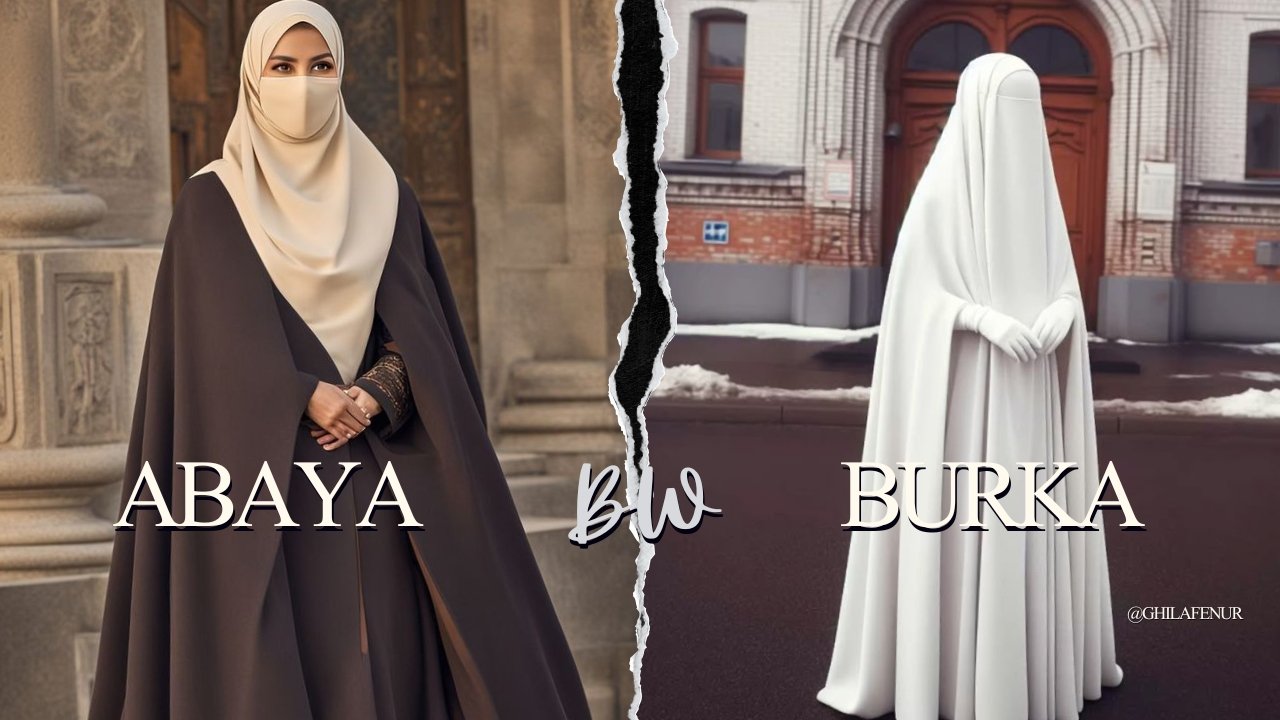

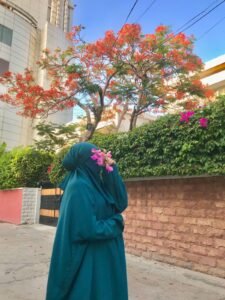
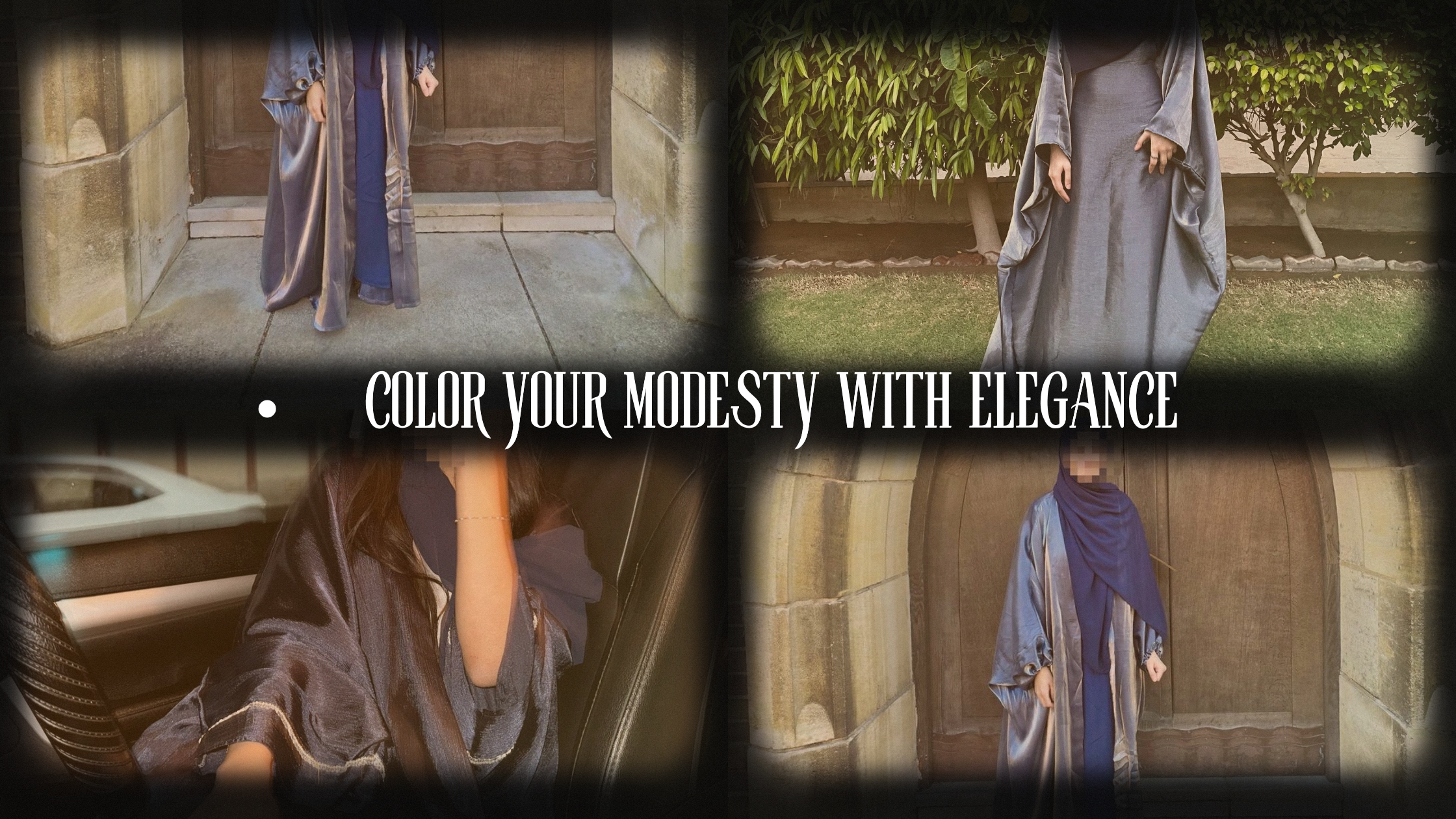
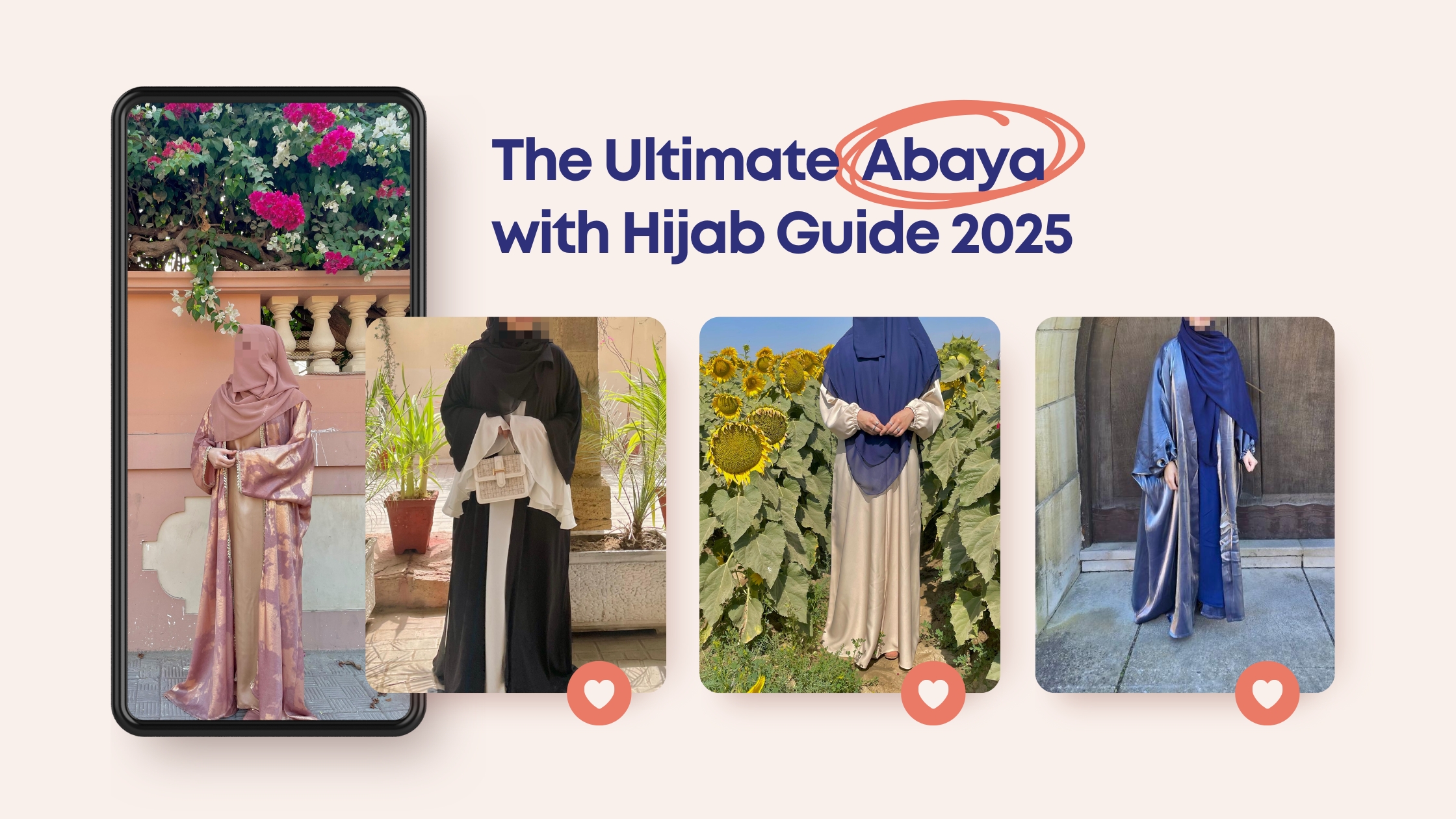
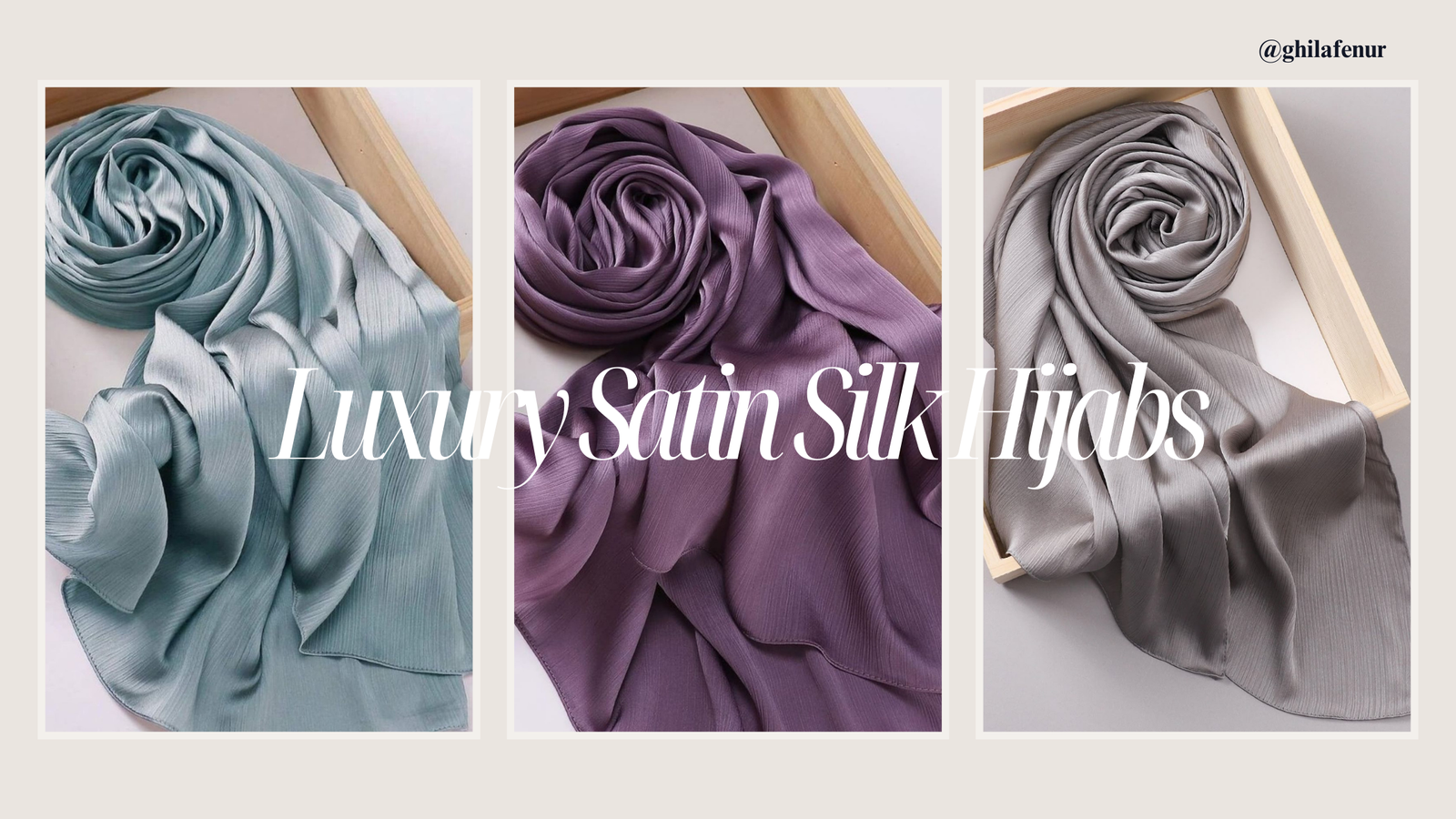
There is a gentle intimacy in your prose, as though the words were a soft conversation with the reader’s inner thoughts. Each sentence fosters trust, contemplation, and thoughtful engagement with the ideas presented.